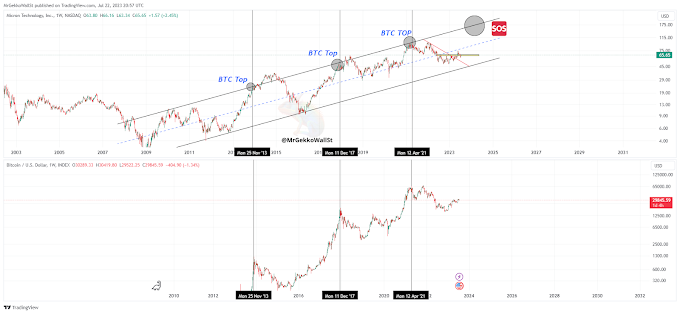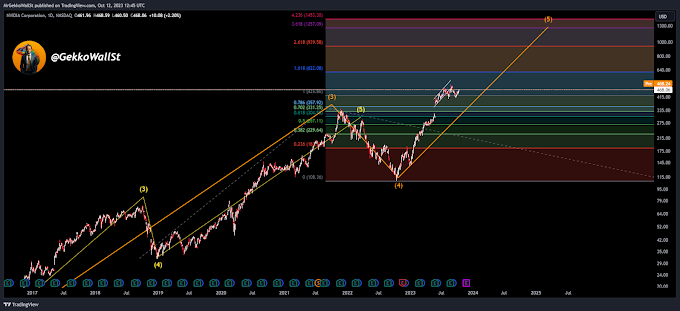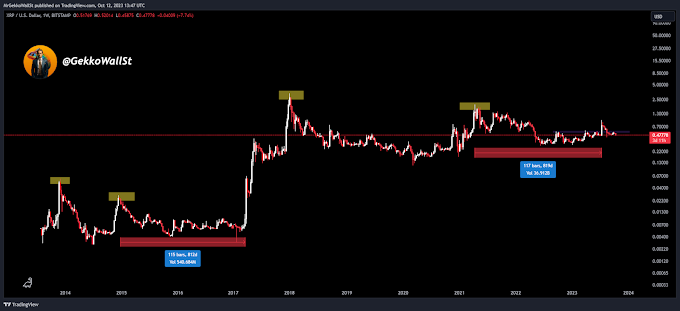Let's delve deeper into the issue of rate cuts, as there are quite divergent opinions on the matter. The dilemma is this: many believe that rate cuts by the Fed are indicative of an imminent or ongoing recession. It's true that some rate cuts have occurred during times of economic fragility, including during recessions. Many immediately associate the years 2001, 2007, and 2020 as periods when the Fed implemented cuts to stimulate the economy in the face of challenges.
However, it's important to note that not all rate cuts are equivalent, as some occur during normalization periods.
One type of cut, known as normalization, usually occurs after the Fed has raised rates to contain inflation, followed by an economic slowdown that doesn't progress to a recession, and subsequently, a resumption of growth in a context of moderate inflation. We can observe these initial cuts in 1984, 1995, and 2019 as examples.
Additionally, we have what are called emergency or panic cuts. These occur in moments like the aftermath of the 1987 crash, the fall of 1998 during the Russian ruble crisis and the Long-Term Capital Management crisis, and of course, March 2020.
Analyzing these three types of cuts reveals interesting results. When the Fed cut during a recession, the S&P 500 fell on average over 14% just three months later and nearly 12% a year later!
In contrast, cuts for normalization generally resulted in a significant increase in stocks, with an average growth of 13.2% a year later. Emergency cuts showed the best performance, with an increase of 17.4% one year later. This result is understandable, considering that periods of panic and fear historically offer great buying opportunities.
Looking back, we see that in 20 previous instances when the Federal Reserve cut rates while the S&P 500 was within 2% of its all-time high (based on the day before the cut), stocks showed gains one year later. The last time this happened was in 2019, and before that, we have to go back to the mid-1990s. Some analysts point to striking similarities in market behavior between the mid-90s and the current scenario.
Both periods witnessed an aggressive stance from the Federal Reserve amidst an economy that avoided a recession, kept inflation in check, sustained robust wages, and achieved high productivity. It's argued that the additional strength of productivity is key to this dynamic, as high productivity allows the Federal Reserve to cut rates without fearing an inflation hike, while wages continue to strengthen.
In summary, history shows that the Federal Reserve has indeed cut rates at times close to market all-time highs, and this has generally been a positive signal for future development.






